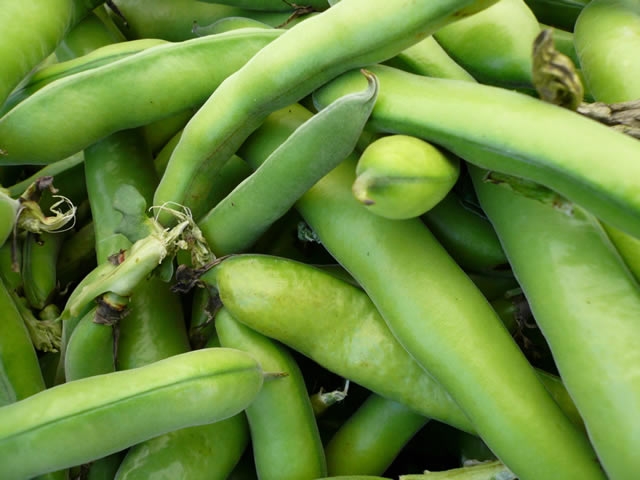
Plant characteristics
Plant Type:
- Vegetables
- Annual
Sunlight Requirements (where to plant related to sun)
- Full Sun
- Full Sun or Partially Shade
Soil Type (type of soil plant needs)
- Soil with Good Drainage
Climate Type (how tollerant is to frost?)
- No Frost Tolerant
Fragrant Plant (do flowers have an aroma?)
- No Fragrant Flowers
Difficulty Level (how hard is to cultivate this plant?)
- Easy
Flower Color (what color flowers produces)
- White
Blooming Season (which months blooms)
- January
- February
- October
- November
- December
Showing Season (which months can we sow seeds)
- August
- September
- October
- November
Planting Season (which months can we plant or transplant)
- September
- October
- November
How to grow Broad Beans
Broad Beans are a misunderstood vegetable. For centuries it was associated with the poor man’s dish. Properly cooked broad beans are very tasty and deserve a place at our table.
Other names for broad beans
Latin name: Vicia faba. Fabaceae Family
Greek name: Κουκί (single) Κουκιά (plural)
Start broad beans from seeds
You can sow the seeds of broad beans directly into the soil. The sowing depth should be 3 to 5 cm.
The sowing distance should be 25 to 30 cm.
The broad bean plants do not have high nutrient and water requirements.
Tip for growing broad beans
If you cut the tops of the plants when the first fruits appear, it will lead to a richer harvest.
Best soil for broad beans
Broad bean plants do not have high requirements on nutrient and water. However, it’s a good idea to make sure the soil you plant your broad beans in, is rich in organic matter.
Broad beans need soil that can retain moisture.
Harvesting broad beans
Stop watering broad beans when the first fruits start to dry out.
Broad beans are ready to harvest when the beans begin to fatten and become heavy from the weight of the seeds.
If you want the broad beans dry, wait until the pods begin to shrivel.
